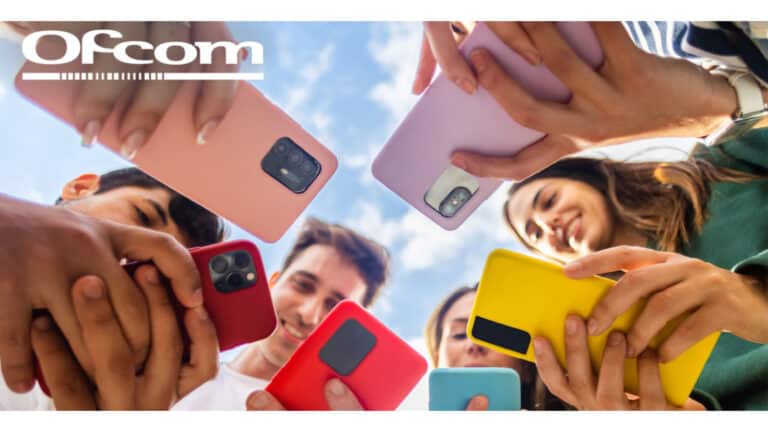Ofcom has revealed “stark” differences between how men and women spend their time online.
Ofcom’s Online Nation, annual report looks into digital habits and showed that across all adult age groups women are spending more time online – on smartphones, tablets and computers – clocking up an extra 33 minutes more each day in May 2024, compared to men. (4 hours 36 minutes v to 4 hours 3 minutes).
This is most extreme among Gen Z internet users, women aged 18-24 are spending more than an hour longer each day online than their male counterparts – an average of 6 hours 36 minutes, versus 5 hours 28 minutes for men (+21%).
Looking at the top 10 social media websites and apps, women account for the majority of time spent on Pinterest (79%), Snapchat (66%), Instagram (64%), TikTok (62%) and Facebook (61%).
Men, on the other hand, account for the majority of time spent on Quora (70%), X (63%), Reddit (61%), LinkedIn (60%) and YouTube (56%).
Even though women in general spend more time online, they’re more likely than men to feel they have a good balance between screen-time and real-world time activities (69% vs. 66%).
However, they’re also more sceptical about the internet’s personal and societal value, given they’re less likely than men to think that the benefits of the online world outweigh the risks (65% vs. 70%) and less likely to believe that the internet is a good thing for society (34% vs. 47%).
The report also discovered that women are much more troubled than men about the potential for harm online. Extremism (87% vs 77%), human trafficking (86% vs 76%), suicide (86% vs 77%), female genital mutilation (85% vs 74%) and hateful or offensive content (83% vs 67%) were more worrying for women than men.
Teenage girls, aged 13-17 are much more concerned than boys of the same age about sexual or pornographic (67% vs 48%), misogynistic (60% vs 51%), and violent content (64% vs 52%), as well as content promoting self-harm (75% vs 59%), or excessive or unhealthy dieting/exercise (51% vs 37%).
When it comes to actual experience of online harm, men are more likely to encounter:
- misinformation (41% vs 37%)
- scams or fraud (36% vs 31%)
- and hateful content (27% vs 24%).
Women are more likely to experience:
- unwelcome friend or follow requests (30% vs 26%),
- misogynistic content (23% vs 19%)
- and body image related content (21% vs 13%).
Teenage boys are more likely than girls to encounter content showing dangerous stunts (29% vs 19%). Girls more commonly experience online harms relating to body image.
The publication comes ahead of the introduction of new online safety laws, next month. This will mean tech firms will have to start acting to protect adults and children online.
Elsewhere, Ofcom found other ways that men’s and women’s contrasting habits were evident.
GenAI
Men are more likely than women to have used a generative AI tool in the past year (50% vs 33%).
Women are more likely than men to say they don’t know what this technology is (29% vs. 19%) and more likely to say they don’t know how to use it (30% vs 23%).
Women are also more concerned about the risks of using generative-AI than men (17% vs. 11%) and about its future impact on society (64% vs 55%).
Online News
While both men and women are equally like to visit an online news service, the average time they spend on them varies significantly.
Men spent 39% more time than women on the top 10 news services in May 2024 at 4 hours 49 minutes.
Dating and pornography
Men are significantly more likely than women to visit online dating sites (65% vs. 35%). Hinge is the only service in the top 10 where women outnumbered men (53% vs. 47%).
Men are also twice as likely to visit a pornographic service than women; 43% (10m) did so in May 2024, compared with 16% (3.8m) of women.
Heart and Fitness
Women are more likely to visit health and wellbeing sites than men (88% vs 80%). In May 2024, 57% of NHS sites adult visitors were women while 43% were men.
This pattern was particularly pronounced among visitors to Healthline, WebMD, Fitbit, Medical News Today and Mayo Clinic, which all attracted around twice as many women as men.










